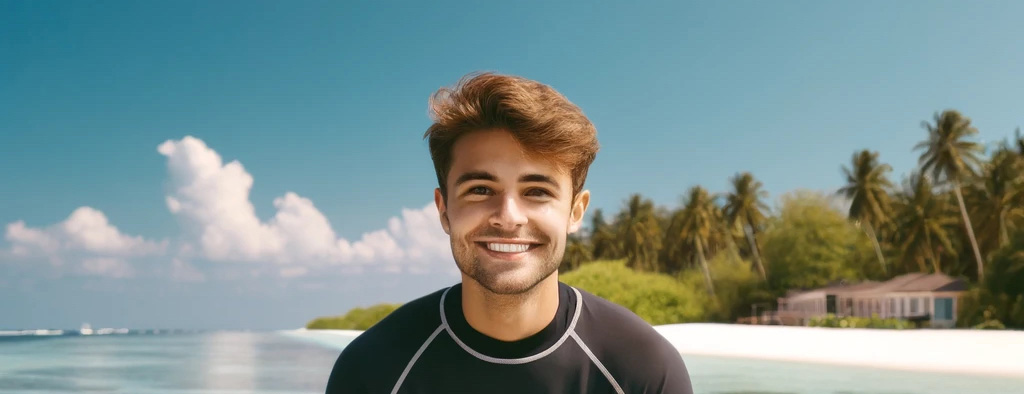
Every dive has unique characteristics and requirements, some of which can cause stress for the diver. It is how the diver manages the stress that determines the outcome of the dive. Training and experience help a diver learn to manage, and in some cases, take advantage of the stress they encounter. The SNSI Rescue Diver course teaches divers how to recognize, manage and avoid stress under normal circumstances. When planning a limited visibility dive, it is necessary to consider and plan for the additional stress that may exist due to the nature of the dive. For instance, the maximum depth and dive time should be reduced, and the distance to be covered should be shortened. Buddies should be in closer contact, and instruments should be checked more often.
The buddy system is the foundation of a successful limited visibility dive. Buddies must discuss how to maintain contact, and what procedures to follow in the event of a contact breakdown. Both divers must make a commitment to staying together by swimming at the same depth and speed, regularly confirming the other is there by sight or touch, and staying within arms reach of one another. When the visibility is extremely poor, it may be necessary to maintain physical contact by holding onto one another’s equipment, by holding hands or through the use of a physical line, often referred to as a connection line, or buddy line.
A connection line should be no more than 2 meters (6 feet) in length, bright yellow, and preferably, it should float to help prevent snags. During the dive planning stage and the pre-dive briefing, the buddy team should discuss and agree to the line signals that will be used. The recommended basic line signals are:
One pull means: “OK”
Two pulls means: “Stop, change direction.”
Three pulls means: “Ascend to the surface.”
In the event of a lost buddy, follow the lost buddy procedure you learned in your Open Water Diver Course. First, rotate 360-degrees looking for your buddy. As you turn, look up and down. If you cannot locate your buddy within 60 seconds, make a controlled ascent to the surface. You will reconnect with your buddy on the surface if you both follow the same procedure. When visibility is extremely limited, you should reduce your search time to 30 seconds.
Loss of orientation, during a low visibility dive, is one of the leading causes of stress. To help reduce the stress, you have the option to use a guideline. A guideline is a spool wrapped with a thin, but strong line. The end of the guideline is attached to the descent line, and the spool lets out line as you swim away. Typically, the spool is set to maintain tension to prevent the line from going slack. To return to the descent line, you simply re-spool the line by turning the handle. It is a good idea to practice using a guideline on the surface, and then underwater, in good visibility, until you are comfortable with the procedures. High traffic dive sites with low visibility may have permanent lines placed for divers to follow. These low visibility sites are ideal for new and seasoned divers alike, and provide a good opportunity to gain low visibility experience. Your local dive shop will have more information.
The use of dive lights in low visibility water to illuminate the site is not recommended as suspended particulate under water will simply reflect your light back towards you much like the headlights of a car driving in a snowstorm at night. However, a dive light may be beneficial in these circumstances for reading your instruments.
Knowing how to properly navigate underwater is a prerequisite for limited visibility diving. In fact, the need to use navigation skills in limited visibility water is a strong draw for some divers. They crave the challenge this type of diving offers, and enjoy relying on their skills and navigation equipment to be successful. As was covered in the underwater navigation chapter of this SNSI Advanced Open Water Diver manual, divers must have complete trust in the compass. This is truly put to the test in limited visibility water where divers must trust the instrument over their instinct.